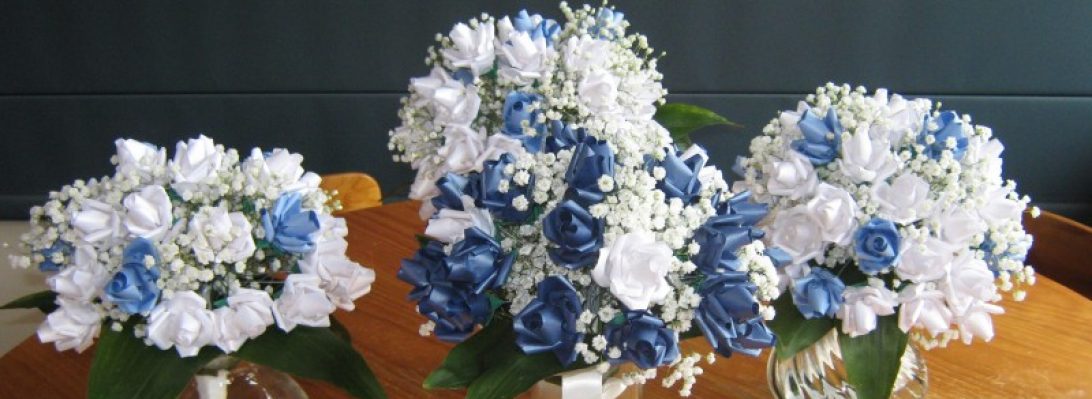Avid noticers of this blog will realise that, since 2011, I have been rapidly expanding my abilities as a folder. Like most people, my first ever origami experience (apart from largely unsuccessful paper planes) was an origami crane (Tsuru) – taught to me as a boy of 11 yrs by a Japanese exchange student. A few years back I completed my task of learning how to fold Satoshi Kamiya’s “Ryujin 3.5”. This fold is not unrelated to both events:

Crane to complete Eastern Dragon is quite a journey, learning all sorts of new techniques and refining skills along the way and this fold celebrates that very journey. Originally designed and folded by Brandon Wong (@ThePlantPsychologist) – I first saw his fold on Instagram, and then photos of it on OrigamiDan (a discord server I am a member of) and vowed, one day, to fold it.
Brandon very kindly published the Crease Pattern along with photos of his fold, and right now I am rapidly learning to solve crease patterns so the perfect storm emerged after retiring I have time to tackle more ambitious folds.

After gridding the 90cm square, I set about laying in the exacting additional creases needed, including a puzzling pythagorean hinge line and some baffling level-shifters. Collapsing was a …. process. Apparently I “parachuted” the model – starting at the edges and working towards a bulging centre is termed parachuting (which is something I must address) until it more or less sat flat. After checking in with Brandon (isn’t the internet amazing) he suggested a fix for the only collapse kludge I had on his right shoulder.
Continue reading























